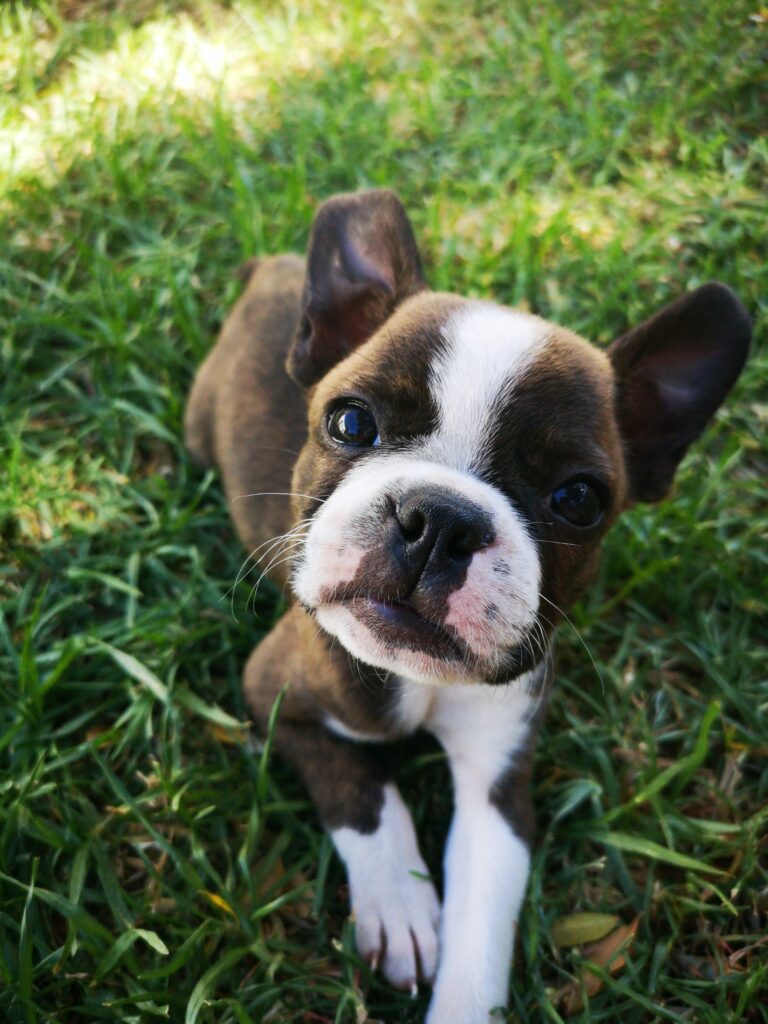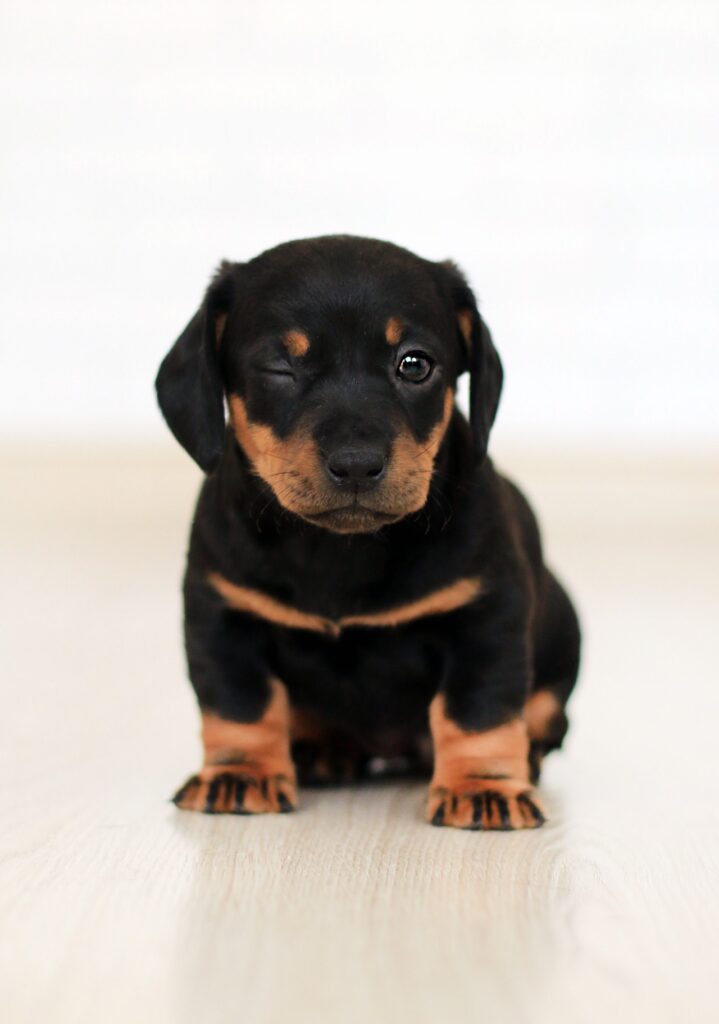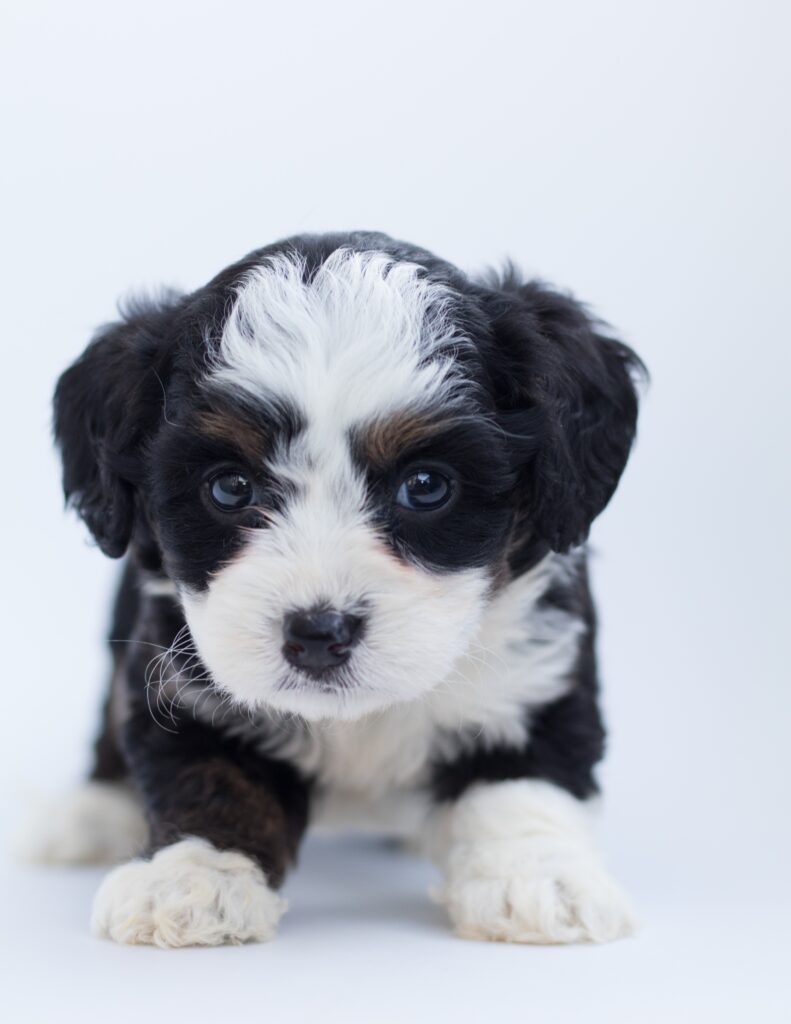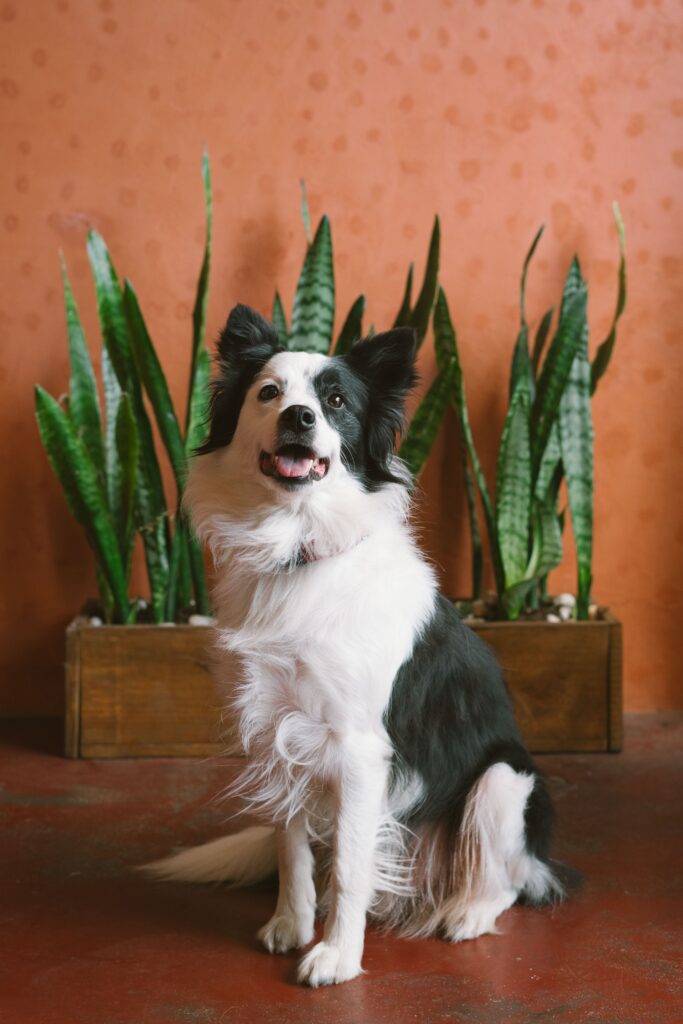
how to potty train a puppy
Potty training is a crucial step in ensuring a clean and harmonious home environment for both you and your new furry companion. This comprehensive guide will provide you with valuable insights and effective strategies to successfully potty train your puppy, setting them up for a lifetime of good habits.
Start Early and Be Consistent :
The key to successful potty training is to start early and establish a consistent routine. Begin training as soon as you bring your puppy home. Take them outside to their designated potty area frequently, especially after meals, naps, playtime, or waking up. Consistency is key, so take them out at the same times each day to reinforce the habit.
Establish a Designated Potty Area :
Choose a specific spot in your yard where you want your puppy to eliminate. This helps them associate that area with going to the bathroom. Take them directly to that spot every time and use a command, such as “Go potty,” to signal the desired behavior. Be patient and give them time to do their business.
Positive Reinforcement :
Praise and reward your puppy every time they eliminate in the designated area. Use verbal cues like “Good job!” and offer treats or their favorite toy as a reward. Positive reinforcement helps them associate going potty in the right place with positive outcomes, making them more likely to repeat the behavior.
Supervision and Management :
Keep a close eye on your puppy, especially during the initial stages of training. Supervision allows you to anticipate their needs and prevent accidents. Use baby gates or crates to restrict their access to other parts of the house when you cannot directly supervise them. This helps to establish boundaries and reduce the likelihood of accidents.
Handling Accidents :
Accidents are a part of the potty training process, so it’s essential to handle them calmly. If you catch your puppy in the act, clap your hands to interrupt them and quickly take them to their designated area. Avoid punishment, as it can create fear and hinder the training process. Clean accidents thoroughly with an enzymatic cleaner to eliminate odors and prevent repeat incidents.
Conclusion :
Potty training your puppy requires patience, consistency, and positive reinforcement. By starting early, establishing a routine, and using positive reinforcement techniques, you can successfully potty train your furry friend. Remember to be patient, celebrate their successes, and adapt the training approach based on your puppy’s individual needs.

how long does it take to potty train a puppy
Potty training is an important milestone in your puppy’s life, but it requires time, patience, and understanding. While every puppy is unique, this article aims to provide you with valuable insights into the potty training process and give you an estimate of how long it may take to achieve success.
Understanding Individual Variations :
The duration of potty training can vary from one puppy to another. Factors such as breed, age, temperament, and consistency in training can influence the timeline. Generally, it takes anywhere from a few weeks to several months to fully potty train a puppy. It’s crucial to remember that each dog is unique, and progress may not always follow a specific timetable.
Consistency is Key :
Consistency in training methods and routines plays a vital role in potty training success. Establish a regular schedule for feeding, playtime, and potty breaks. Take your puppy to their designated potty area consistently and praise them for eliminating in the right spot. The more consistent you are, the quicker your puppy will understand the desired behavior.
Positive Reinforcement and Rewards :
Using positive reinforcement techniques is highly effective in potty training. Praise and reward your puppy when they eliminate in the appropriate location. Verbal encouragement, treats, or playtime can reinforce their understanding of the desired behavior. Positive reinforcement creates a positive association and motivates your puppy to repeat the behavior.
Consistent Supervision :
During the potty training process, it is crucial to supervise your puppy closely. Keep an eye on their behavior and look for signs that they need to eliminate, such as sniffing or circling. If you can’t supervise them directly, confine them to a crate or use baby gates to limit their access to the house. Consistent supervision helps prevent accidents and allows you to redirect them to the designated potty area.
Patience and Adaptability :
Potty training can be a journey with ups and downs. It’s important to remain patient and understanding throughout the process. Expect occasional accidents and setbacks. If you encounter challenges, reassess your training approach, and make adjustments as needed. Adapting to your puppy’s individual needs and providing consistent guidance will help build a strong foundation for successful potty training.
Conclusion :
While the duration of potty training varies among puppies, it generally takes several weeks to months to fully potty train them. With consistency, positive reinforcement, and patience, you can help your puppy develop good habits and achieve potty training success. Embrace the process, celebrate small victories, and enjoy the rewarding bond that develops along the way.

how to train a puppy to pee outside
Training your puppy to pee outside is an important step towards a well-behaved and happy companion. This comprehensive guide will provide you with valuable insights and effective strategies to successfully teach your puppy to relieve themselves in the great outdoors.
Establish a Routine :
Creating a consistent routine is crucial when training your puppy to pee outside. Take them out to the designated potty area at regular intervals, such as after waking up, after meals, and before bedtime. Consistency helps them develop a natural schedule and understand the expected behavior.
Choose a Designated Potty Spot :
Select a specific area in your yard as the designated potty spot for your puppy. Take them directly to this spot every time you go outside for potty breaks. The scent will help them associate the area with eliminating, making it easier for them to understand where to go.
Use Verbal Cues and Commands :
Introduce a verbal cue or command, such as “Go potty” or “Do your business,” to signal to your puppy that it’s time to relieve themselves. Use this cue consistently while they are in the designated potty area. Over time, they will learn to associate the command with the action.
Reward and Positive Reinforcement :
Praise and reward your puppy every time they successfully pee outside. Verbal praise, treats, or a combination of both can be used as positive reinforcement. This reinforces the desired behavior and motivates your puppy to continue peeing outside.
Supervise and Prevent Accidents :
Keep a close eye on your puppy during the training process to prevent accidents. Supervision allows you to recognize their pre-potty cues, such as sniffing or circling. If you notice these signs indoors, quickly and calmly take them to the designated outdoor spot to finish peeing.
Clean Up Accidents Properly :
Accidents are a normal part of the training process. When accidents happen indoors, clean them up thoroughly with an enzymatic cleaner to remove any lingering scent that might attract your puppy back to the same spot. This helps prevent repeat accidents.

Conclusion :
Training your puppy to pee outside requires patience, consistency, and positive reinforcement. By establishing a routine, using verbal cues, rewarding desired behavior, and supervising effectively, you can successfully teach your puppy to relieve themselves in the appropriate outdoor area. Embrace the training process, be patient, and enjoy the progress your puppy makes.


